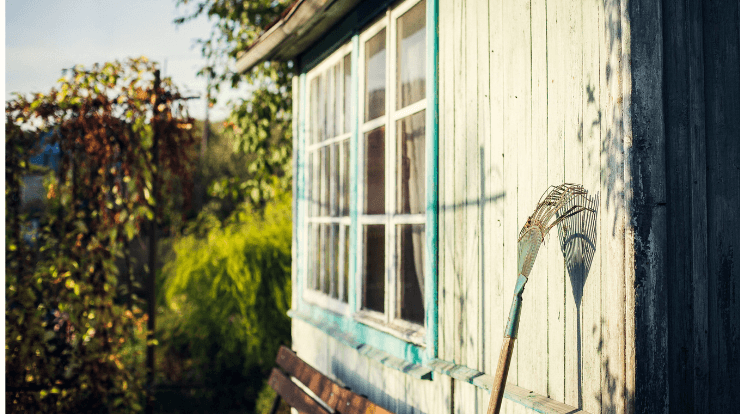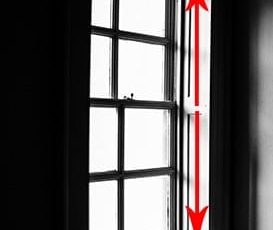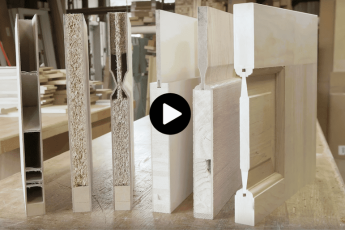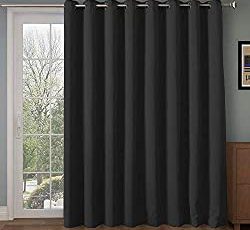The goal of a soundproof garden shed is to reduce the noise coming from outside the home or building. There are several ways to do this. The walls, roof and doors can all be soundproofed. Using plastic sheets can cover the walls and will reduce the sound output significantly. Plastic sheets can also be glued to windows to double the glass and make it harder for sound to escape. Lastly, make sure the rubber seals on the windows are in good shape and do not leak. These leaks can cause air to escape and cause more sound to escape.
Building a soundproof garden shed
The first step in soundproofing a garden shed is to decide which materials you will use. The material of the walls and ceiling will have an effect on the sound absorption and dampening properties. You should use a combination of absorption, mass, and decoupling to effectively block out noise. If you plan on using electrical equipment in the shed, be sure to consider cabling and power requirements, and seal them appropriately.
The next step is to cover the floor with a sound-proofing material. This will reduce the impact of drumming sounds. You can also use soft memory foam underlayment under the floor. This will absorb sound while preventing dust. Another option is to use a false floor, which can be covered with carpet. This method will cost a bit more, but will prevent sound from escaping through the floor.
After installing the drywall, plasterboard, and plywood, you should check for any gaps. This way, you can make sure that no sound is escaping the shed. You should also check for any gaps or holes around the door or window frames, pipes, and cables. Make sure that you check the entire structure from top to bottom to make sure that no noise is getting in.
Another way to make a shed soundproof is by using thick blankets. This material has a fibre-filled material that absorbs sound. This can be a great sound dampening option for a garden shed. However, remember that a thick blanket will not be as effective as an actual sound-proof door.
Another effective way to soundproof a garden shed is to use mass-loaded vinyl or fiberglass panels on the walls. This type of material will prevent airborne and impact noise. In addition, you can use noise-blocking curtains and acoustic tiles over the doors.
Soundproofing the walls
If you are planning to use your garden shed as a work space, soundproofing its walls can help you to minimize noise levels both inside and outside of the shed. There are several ways to do this: tack insulation to the pre-existing walls, apply plasterboard, or screw plywood to the beams. The next step in soundproofing a shed is to ensure its airtightness. To ensure this, you need to inspect the walls from top to bottom, and make sure there are no gaps around door frames, windows, pipes, or cables.

Soundproofing your shed’s floor is also a good idea. You can install an extra layer of thick fabric or carpet underneath to stop sound from escaping. Soundproofing the floor is the most challenging part of this project. Although it requires a good amount of work, the result is worth it.
It is important to note that you should not simply block up windows and doors. You should also consider the acoustic performance of the insulation. You should choose a high-performing insulator to prevent unwanted echoes. Also, make sure the insulation is hydrophobic. Acoustic insulation is inexpensive and is suitable for walls, floors, and ceilings. You can also opt for acoustiblok, a thin and high-performing solution that provides maximum soundproofing. You can use it alone or in combination with other materials, such as finishing boards.
Another way to soundproof a garden shed is to install rubber seals on the doors. This will help prevent sound from escaping through the windows. Alternatively, you can install a rubber door sweep to block the gaps around the doors.
Soundproofing the roof
Soundproofing the roof of your garden shed can help you keep out the elements, as well as keep the noise inside the shed. The first step in soundproofing the roof of your garden shed is to use an acoustic sealant. If you use plasterboard, you’ll need to add more than one sheet because it’s quite heavy. Alternatively, you can use 16mm plywood sheets and screw them into place halfway down each side. This way, sound won’t travel through the frame.
Choosing the right material can make a big difference in soundproofing your garden shed. Acoustic foam is an excellent choice, and you can buy various thicknesses of extruded polystyrene at a home building center. Once you’ve chosen the right density, you can then nail or glue the foam panels to the rafters or joists. If you’re using the soundproofing panels on the roof, make sure to double-coat the panels with drywall to maximize their soundproofing value.
Adding an extra layer of drywall to the wood roof can help prevent noise from entering the shed. It will also add more mass to the ceiling. Make sure to install electrical outlets as well. Having outlets for air conditioning and fans will help reduce noise from outside. Adding a soundproofing layer to your garden shed will ensure your peace of mind as well as the peace of your neighbors.
If you’d like to get rid of the sound from your garden shed, you can also use sound-deadening foam tiles. These are commonly used in recording studios to reduce noise. These are relatively expensive, but can really help. You can even cover the doors and the roof with the tiles – but remember to keep in mind that they will carry dust.
Soundproofing the door
Soundproofing the door of a garden shed is an effective way to reduce noise from outside. There are many methods available, including soundproof curtains, blankets, and foam panels. These options will reduce noise from outside while improving weather conditions inside. Soundproofing a garden shed door is just as simple as soundproofing a window.

Many shed doors don’t have weather stripping or rubber seals. The gap between the door and the frame is where noise can escape. Luckily, this is not a hard problem to solve. A small amount of plastic sheeting can be attached around the door. This will fill in the gap.
Another option is to add weatherstripping tape to the door frames. This will seal up existing holes in the door frame. These strips will also prevent sound from escaping. You can also use acoustic or draught-excluding style seals. These can be stuck on the doors or screwed onto the door frames.
Installing a soundproofing membrane on the door of a garden shed can help reduce the sound from inside. You should also block the windows and doors in the shed to prevent natural light from entering the shed. If the shed is equipped with power, you can also install interior lighting. This will also prevent sound from escaping through the windows.
When soundproofing a garden shed door, it is important to use the right materials. You should also make sure to properly install the materials. If you’re not sure of the best materials, seek professional advice.
Soundproofing the floor
You can soundproof the floor of your garden shed to reduce noise, both from the outside and from inside. There are several ways to achieve this, including using a special floor finish and adding an additional layer of dense board to the base of the shed. Another good option is to use an old carpet underlay or thick fabric to add mass and stiffness to the floor.
Soundproofing the floor of a garden shed is possible through the use of acoustic materials, including carpet. Rubber matting, available in interlocking mats, is a great option as well. Soundproofing can also be achieved by damping, which neutralises the energy from sound waves. A simple process involves sandwiching two firm panels, one over the other, with a damping compound poured in between.
The next step in soundproofing your garden shed is to seal any gaps, cracks, or openings in the floor. For example, you can use Mass Loaded Vinyl, a cheap and effective material that blocks impact noise. This type of material is ideal for floors and walls, and is very easy to install. If you choose this option, ensure that the material is hydrophobic.
Soundproofing the floor of a garden shed requires some planning and consideration. While there are several different techniques that you can use, it’s generally recommended to combine different methods. In most cases, the best way to soundproof a garden shed is to use mass loaded vinyl to cover the walls and add a layer of acoustic foam on top.

You can also use a door sweep, a layer of plaster or rubber to fill the gap between the floor and door. You can also install a cover for the key lock. Finally, you can also install insulation foam on the ceiling, although this option does have mixed performance and can create a messy finish.





